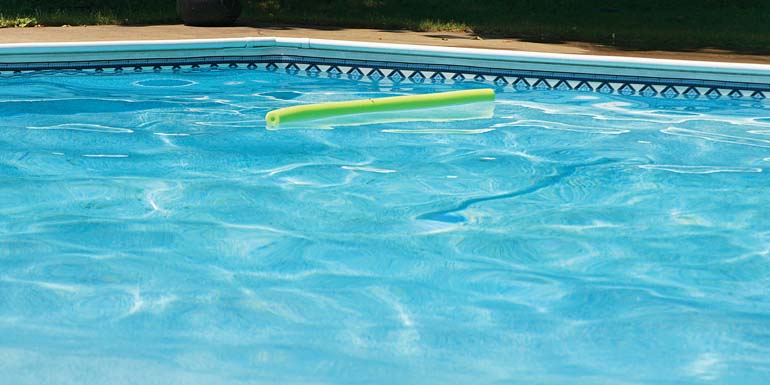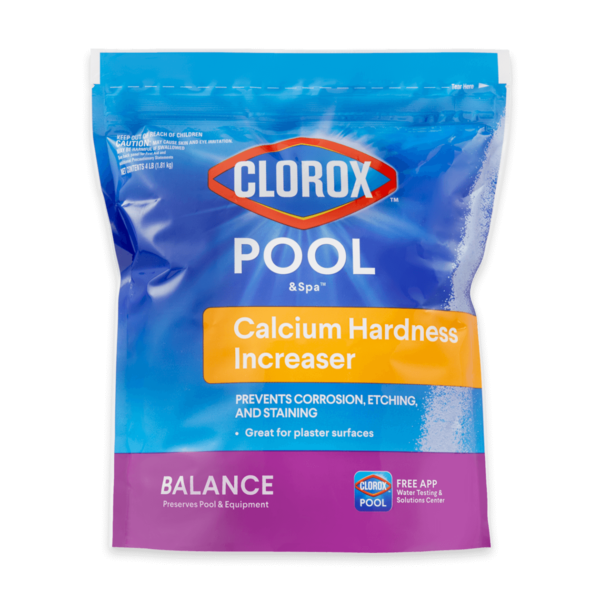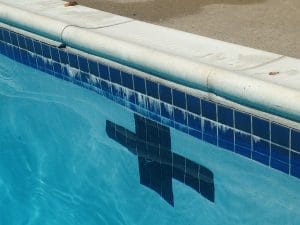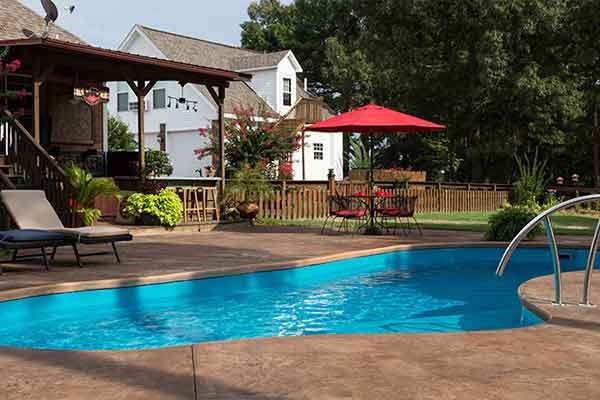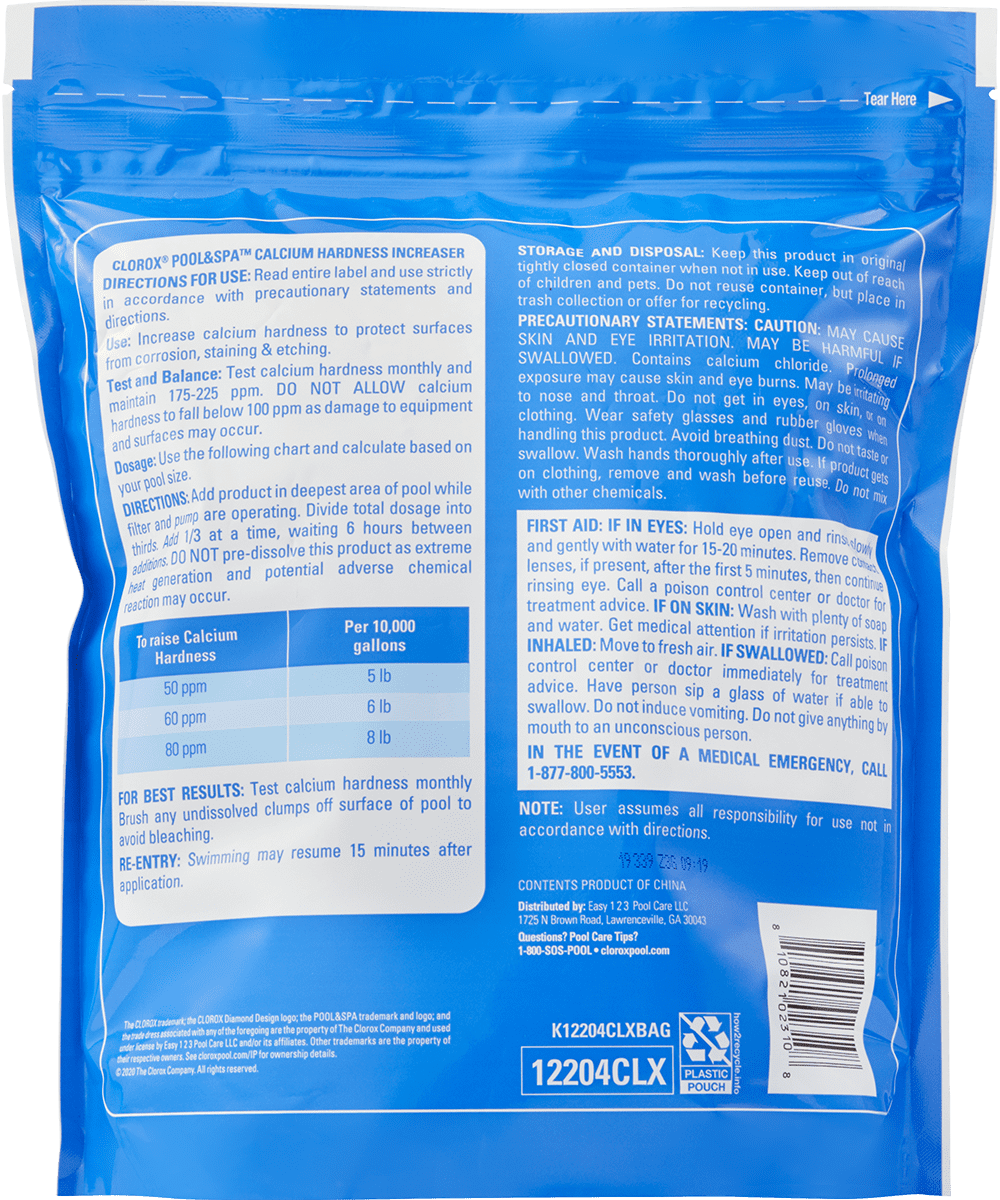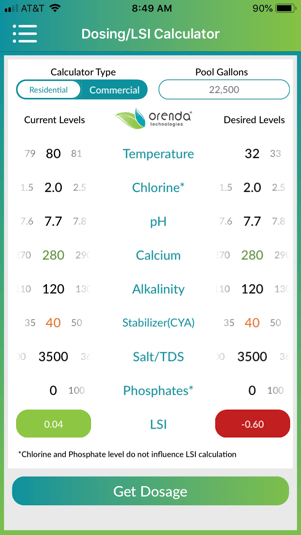Will Calcium Hardness Cause Stains On Vinyl Pool

The first thing you ll want to do is remove calcium from pool water.
Will calcium hardness cause stains on vinyl pool. The stains should dissipate over time even in a plaster pool. Then refill the pool adjusting the alkalinity. Although calcium carbonate is always white in this case it presents as brown or grey because the dirt discolours the calcium carbonate making it appear brown. A calcium scaling specific additive may remove the deposits but these products can take months to dissolve calcium silicate.
The optimal calcium level is 200 400 ppm. It would scratch the pool. Calcium for a liner pool can be a bit lower than a plaster pool in the range of 150 250 ppm. If a vinyl liner s calcium level is too low this soft water situation could lead to foaming and other water problems and can harm the vinyl.
These stains are notoriously difficult to scrub free. If you have a concrete or plaster pool keep the level between 200 ppm and 275 ppm. For this you ll need to partially drain your pool. Chemical experts say this isn t the case.
Calcium hardness is also very important to the chemical balancing of your vinyl liner swimming pool. When you retest the pool water the alkalinity should be lower. A higher ppm causes deposits on the surface and cloudy water. If you re dealing with too much calcium in a pool you can try adding a sequestering agent which is a chemical treatment that fights the effects of high metal and calcium content in swimming pool water as an added bonus it also fights stains.
Then get the ph and total alkalinity in line. Calcium on the low and high end of the scales will eventually cause problems and when they do be ready for some serious problems. Calcium can appear in the form of a thin calcium film that covers dirt or metal stains on the pool interior. Low calcium as is often the case will cause long term serious damage especially to plaster vinyl liners grout in between tiles metal rails and even concrete decking around the.
If your pool has a vinyl or fiberglass liner the calcium hardness level should be between 175 parts per million ppm and 225 ppm. If you have a vinyl or fiberglass pool you won t be able to use a pumice stone. An edited version of this article originally appeared in the summer 2007 issue of the edge a publication of the northeast spa pool association. Calcium hardness must be actively managed along with ph and total alkalinity to keep water in proper chemical balance.
Some pros fear that purple stains are permanent on a more porous surface.


